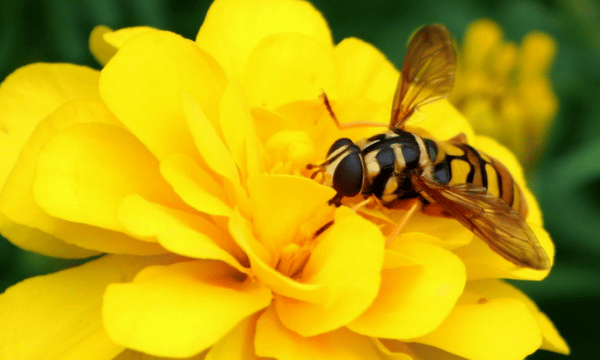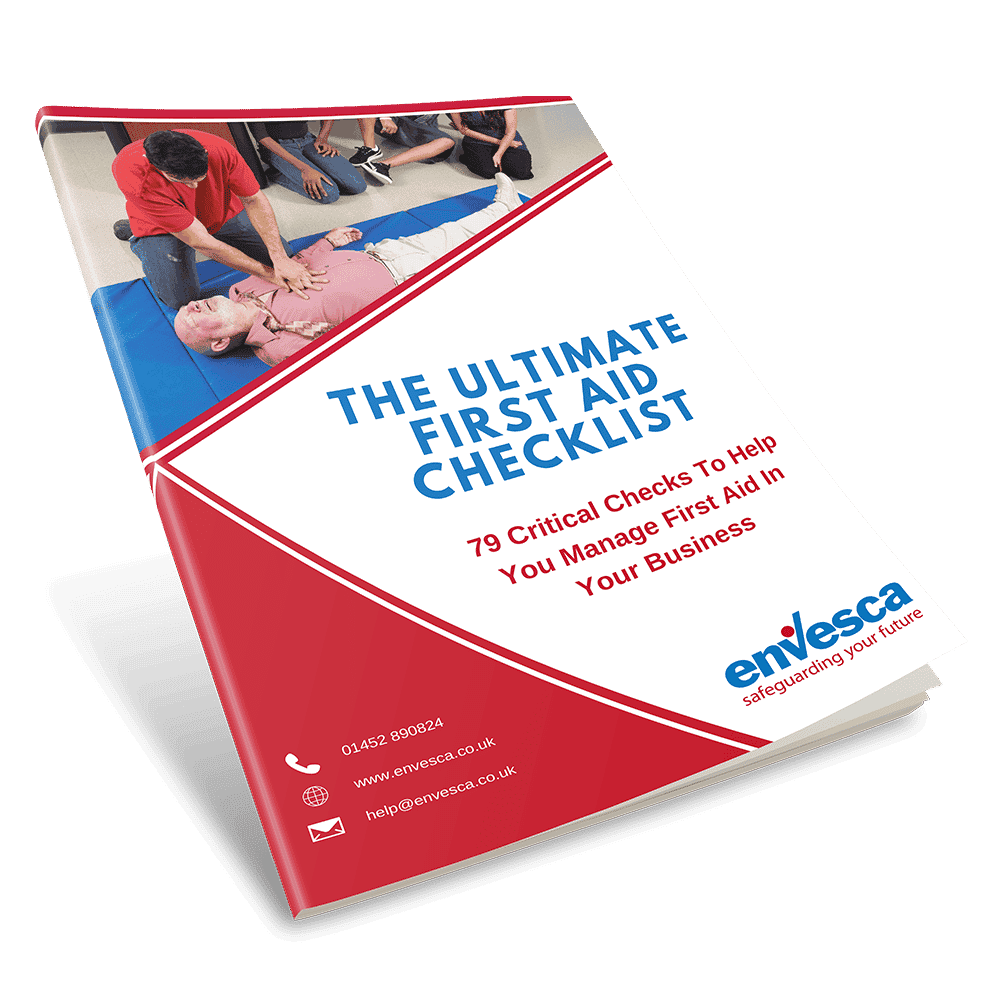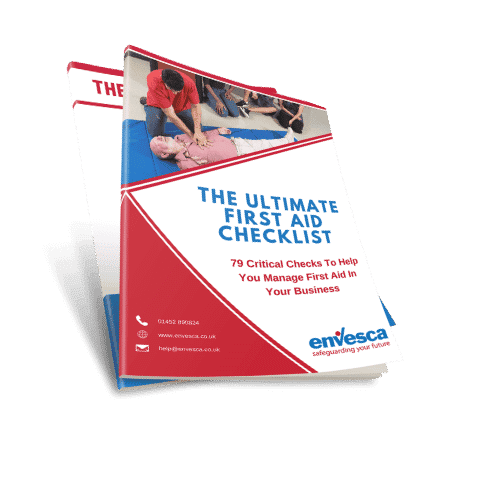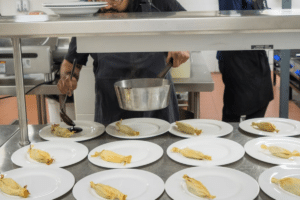How To Avoid Bee Stings
For those who are allergic to bee stings, the warmer weather means being extra vigilant when out and about. In this article, we answer the common question “how to avoid bee stings” and share some useful tips from Allergy UK to help you avoid bee stings and stay safe.
It is important to remember that most people survive sting allergy reactions, even if they receive no effective treatment, so don’t panic! However, stings can cause unpleasant reactions and a severe local reaction may cause swelling over a period of hours and in some cases, the entire limb that has been stung may swell up. If swelling is near the face or neck, it should be watched carefully in case it causes breathing difficulty.
If you have an allergy, avoiding wasps and bees is key. Although it is difficult to avoid insects as they are difficult to spot, there are certain measures you can take to reduce the risk.

Tips on avoiding bee stings
- wear darker colours as brighter colours can attract insects
- avoid wearing highly scented sprays
- stay indoors when eating and drinking during the times when bees and wasps are most prevalent as bees and wasps are attracted to food
- avoid drinking out of cans where possible as wasps may crawl inside!
- avoid provoking bees or wasps and keep calm by gently brushing the insect away if it lands on you. More commonly wasps are more aggressive than bees yet both will usually sting in self-defence.
- drive with the windows up and the air conditioner on to avoid wasps and bees entering your vehicle
If your child has an allergy to bee stings, inform their teachers and ensure they have a management plan in place in case they have an allergic reaction.
You can find more information on allergy management plans here. Wearing a Medic Alert bracelet or medallion is also important as it will have details of the allergy and treatment required in case of an allergic reaction.

Save Lives Today! Explore Our First Aid Courses.
Don’t wait to make a difference. Discover our life-saving First Aid courses and become equipped to handle emergencies with confidence and acquire the knowledge and skills to make a life-saving difference.
If you have a question or enquiry about first aid, please call the team on 01452 502113 or complete our enquiry form.
Find this helpful?
Signup to our email notifications to receive alerts when we publish new blogs. We promise not to spam your inbox, you will just get a short snappy intro to Health and Safety articles we think you will love.
"*" indicates required fields

The Ultimate First Aid Checklist
If you are an appointed person or first aider for your company you should carry out regular checks of your business to ensure that your first aid facilities are up to date. This comprehensive checklist will help you ensure you have everything covered! Get your FREE copy now.
If you’ve got a question or query, please contact our super friendly team, they will be delighted to help you!
Simply get in touch via phone or email.

Free
Resources &
Downloads
Informative. Useful. Practical.
Here at Envesca we believe that we are good at giving proactive, sensible and useful advice. Below you will find some free resources that you can download on a host of subjects that will help you and your business.
Training Available
Envesca offer a number of different training courses, which offer advice and guidance on these topics.




